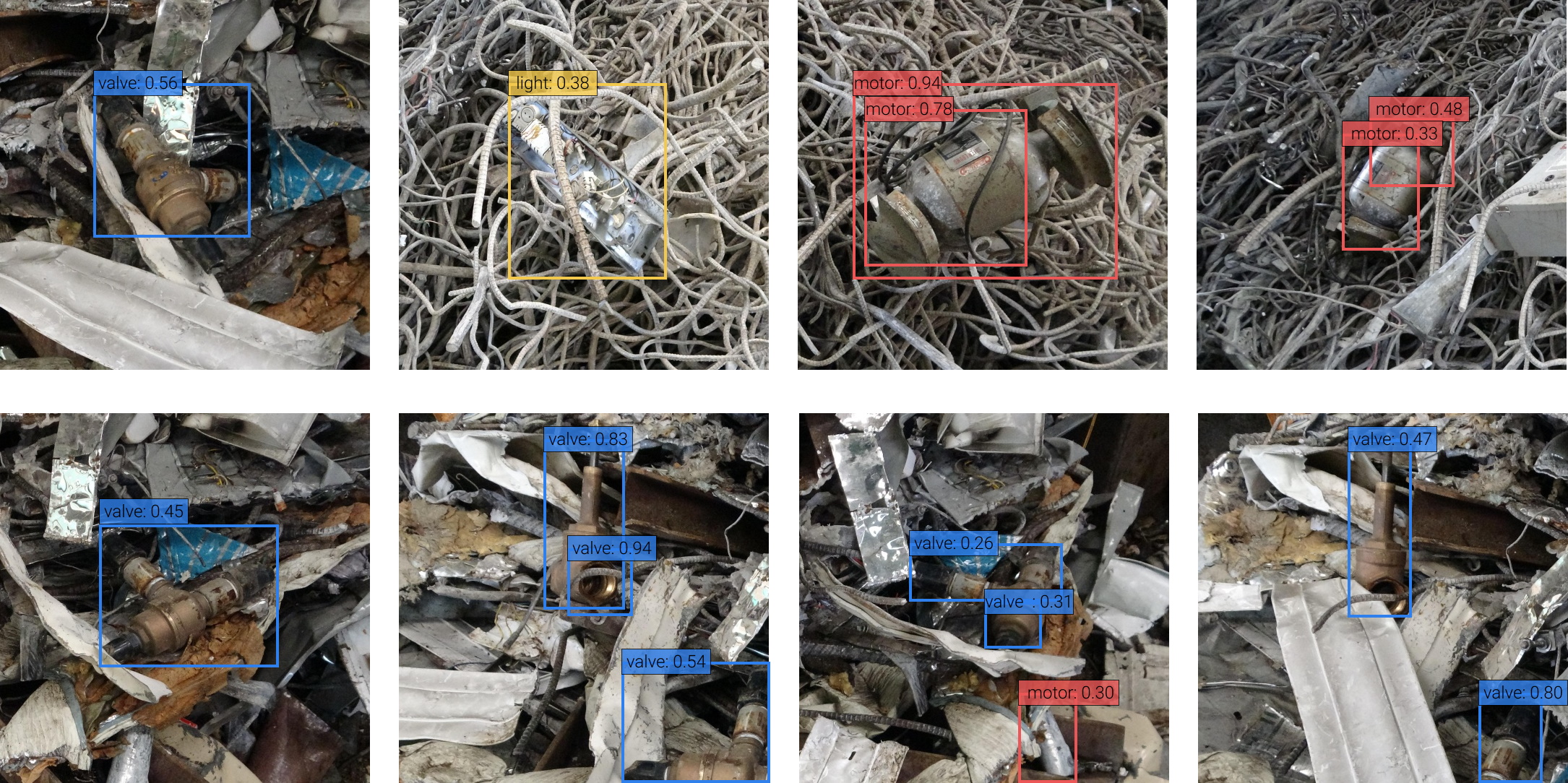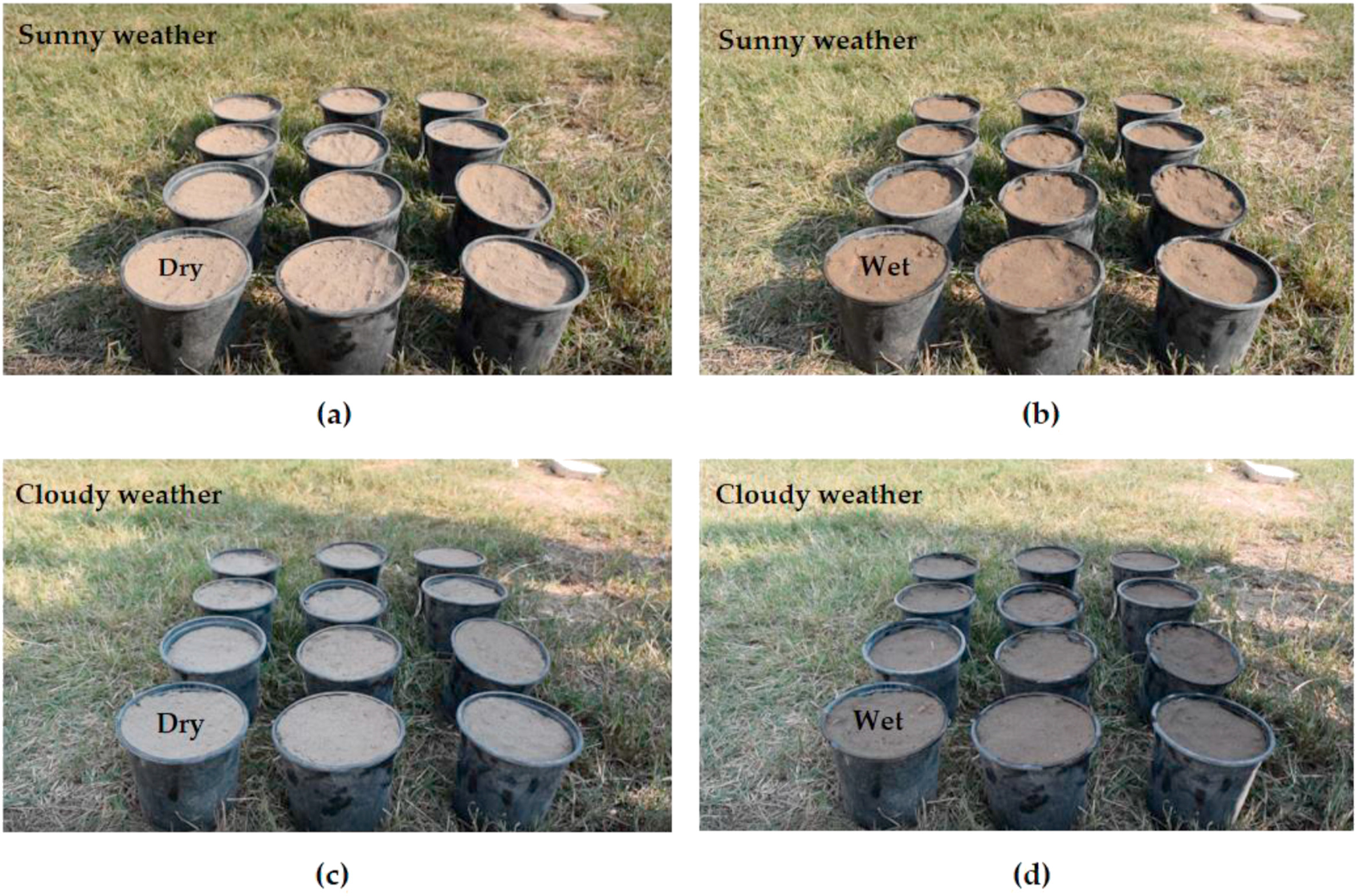Research papers come out far too really fast for anyone to read them all, especially in the field of machine getting to know, which now affects (and produces papers in) just about every industry and website}. This column aims to collect some of the most relevant recent findings and papers — even more in but not limited to industrial intelligence — and explicate why they matter.
This week brings two unusual applications of or buildings in machine learning, along with a particularly unusual rejection ın the method for pandemic-related analysis.
One hardly expected to find machine learning interior domain of government regulation, when because one assumes federalista regulators are hopelessly in arrears the times when it comes to this sort of point. So it may surprise buyers that the U. S. Epa has partnered with individuals at Stanford to algorithmically underlying issues out violators of external rules .
When you see the scope at the issue, it makes sense. EPA has built need to process millions of licences and observations pertaining to Rinse Water Act compliance, such things as self-reported amounts of pollutants coming from various industries and 3rd party reports from labs in addition to the field teams. The Stanford-designed process sorted through many to isolate patterns for instance which types of plants, by which areas, were most likely so that you affect which demographics. Result in overheating, wastewater treatment in location peripheries may tend to underreport pollution and put communities most typically associated with color at risk.
The very mechanisms for reducing the compliance main issue to something that can be computationally parsed and compared been very useful clarify the agency’s target, showing that while the structure could identify more licenses holders with small wrong doing, it may draw attention away from general licence types that act as a trustworthy fig leaf for a number of large violators.
Another large source of eliminate and expense is finalizing scrap metal. Tons of them goes through sorting and taking centers, where the work documented mostly done by humans, and when you might imagine, it’s a bad and dull job. Eversteel serves as a startup out of the University of all Tokyo because aims to automate the process ın order that a large proportion of the work can be done earlier than human workers even phase in.
Eversteel uses a computer vision plan to classify incoming scrap around nearly two dozen types, and to flag impure (i. e., an unrecyclable alloy) or anomalous items for removal. It’s nevertheless at an early stage, but the industry isnt going anywhere, and the regarding any large data located for training their top models (they had to make his, informed by steelworkers and as a result imagery) showed Eversteel which the was indeed virgin area for AI. With good fortune, they’ll be able to commercialize as well as system and attract one of the funding they need to break into this method large but tech-starved current market.
Another exceptional but potentially helpful implementing computer vision is in dust monitoring, a task every cowboy has to do regularly to watch water and nutrient levels. When they do manage to mechanize it, it’s done in an extremely heavy-handed way. A folks from the University of Towards the south Australia and Middle Specialized University in Baghdad television show that the sensors, hardware and simply thermal cameras used at this moment may be overkill.
Surprisingly, their answer works as a standard RGB digital camera, which actually analyzes the color of the floor to estimate moisture. “We tested it at varied distances, times and visibility levels, and the system were basically very accurate, ” defined Ali Al-Naji, one of the game designers. It could (and is coming up to) be used to make a minimal cost but effective smart water sources system that could improve array yield for those who can’t afford to manage industry-standard systems.








